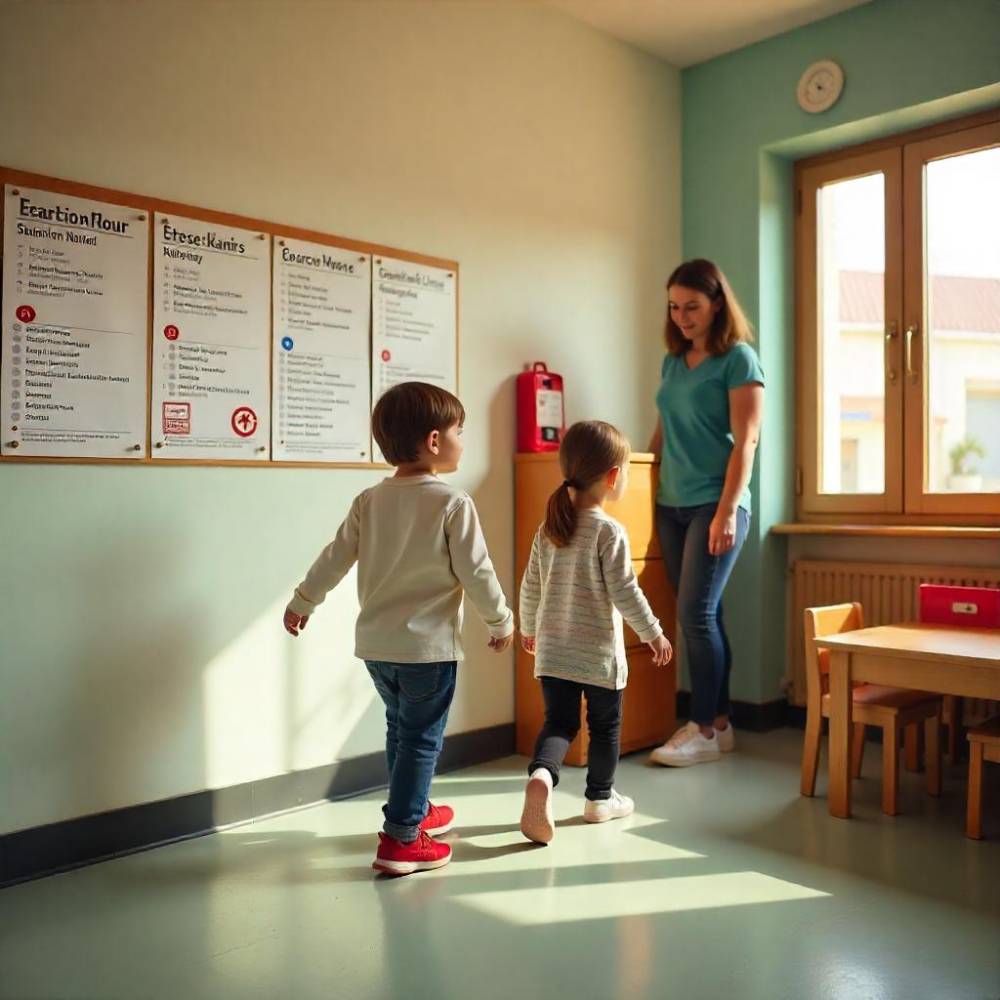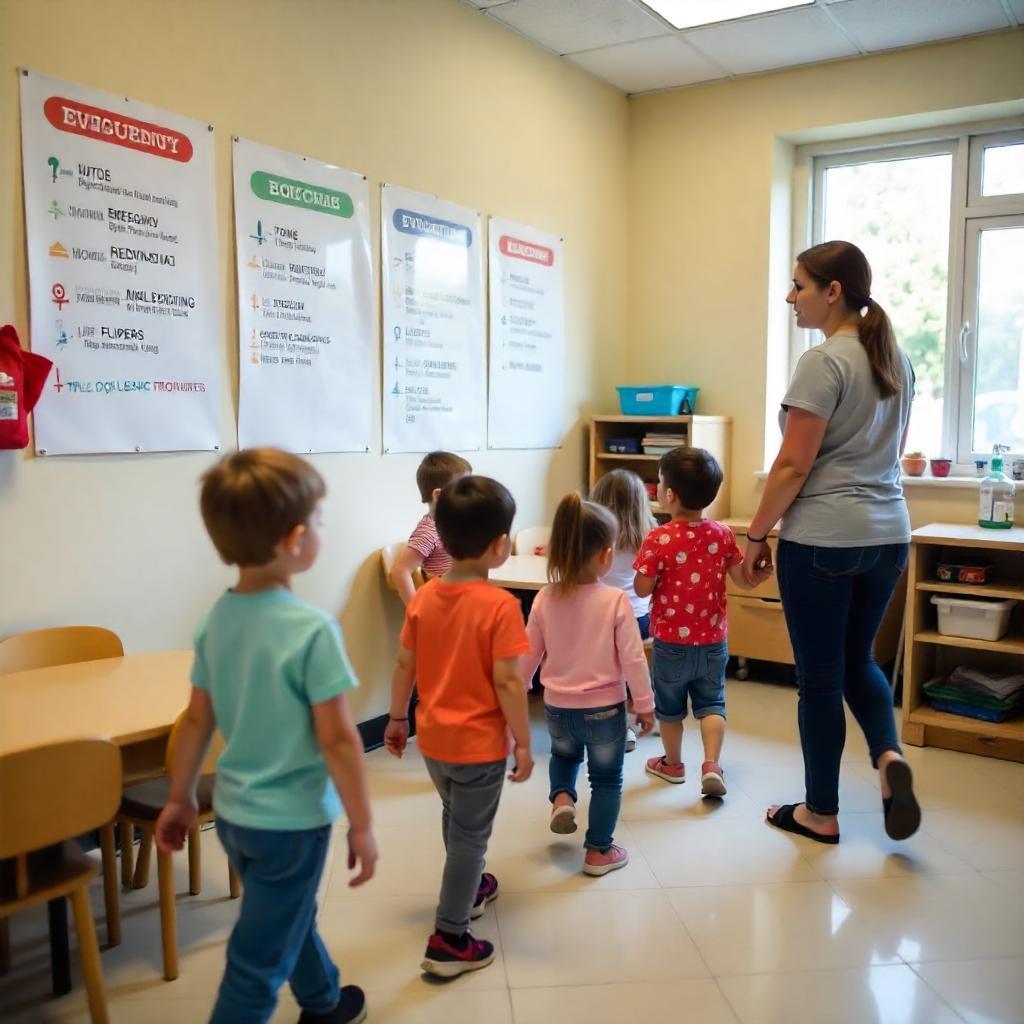
A daycare center is more than a space for play and learning—it’s a second home where children should feel safe, protected, and cared for. As a provider, maintaining a high standard of safety isn't just about meeting regulations; it’s about building trust with families and ensuring the well-being of every child in your care.
Whether you're just starting out or doing your annual safety review, here’s a comprehensive Daycare Safety Checklist to help you create a secure and nurturing environment for your little explorers.
1. Secure Entry and Exit Procedures
Keep all entrances and exits locked during operating hours.
Use a sign-in and sign-out system for all children.
Confirm the identity of individuals picking up children—only release children to authorized adults.
Install security cameras at entry points if possible.
2. Safe and Organized Classrooms
Anchor furniture to the walls to prevent tipping.
Cover all electrical outlets and hide loose cords.
Store cleaning supplies, sharp objects, and choking hazards out of reach.
Ensure all floors are free of clutter and spills to avoid trips and falls.
3. Toy and Equipment Safety

Inspect toys daily for damage, sharp edges, or loose parts.
Clean and sanitize toys regularly.
Choose age-appropriate toys and remove any recalled items from circulation.
Ensure indoor and outdoor play equipment is properly installed and in good condition.
4. Health and Hygiene
Conduct daily wellness checks during drop-off.
Encourage frequent handwashing among children and staff.
Provide tissues, soap, disinfectants, and disposable gloves in every room.
Clean bathrooms, changing tables, and high-touch areas frequently throughout the day.
5. Emergency Preparedness

Post emergency contact numbers and evacuation routes in each room.
Conduct monthly fire drills and periodic lockdown or shelter-in-place drills.
Keep first aid kits stocked and ensure staff know their locations.
Make sure all staff are trained in CPR and basic first aid.
6. Outdoor Safety
Inspect outdoor play areas daily for hazards (e.g., broken equipment, sharp objects, or unsafe plants).
Ensure fences and gates are secure at all times.
Provide shaded areas to protect children from sun exposure.
Use soft landing surfaces like mulch, rubber mats, or sand under climbing equipment.
7. Maintain Proper Child-to-Staff Ratios
Ensure the correct number of caregivers are present for each age group.
Plan for staff breaks and absences to maintain coverage without compromising safety.
Supervise children at all times—no exceptions.
8. Documentation and Communication
Record any accidents, incidents, or health concerns immediately.
Maintain clear records of emergency contacts, allergies, and medical conditions.
Keep parents informed about their child’s well-being, especially if any incidents occur during the day.
Safety isn’t something you check off once—it’s an ongoing commitment. By conducting regular safety checks and involving your team in proactive discussions, you create an environment where children can explore freely and parents can feel confident in your care.
Review this checklist regularly, train your staff thoroughly, and always be on the lookout for improvements. Because when children feel safe, they grow, learn, and thrive with joy.

ChildcareInsights only allows advertisers that are either state licensed, or have an exemption, on our website.